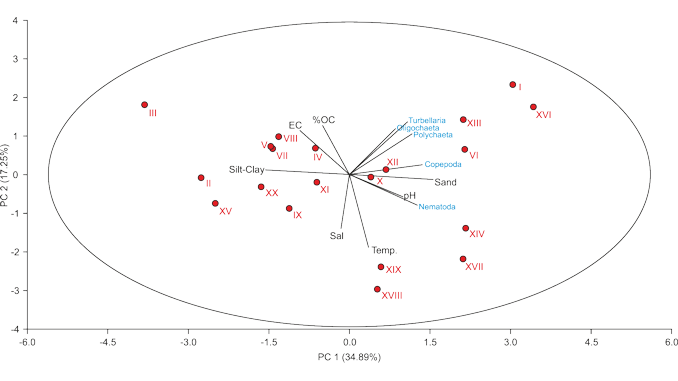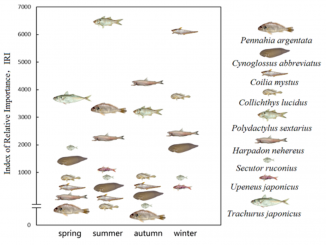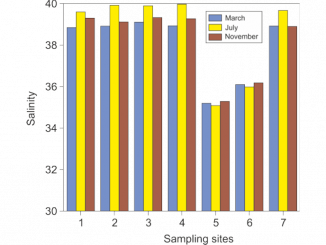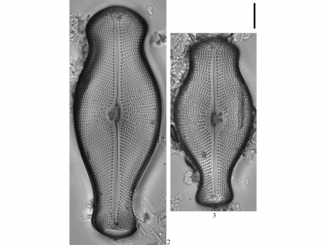
Paper category: Original research paper
Corresponding author: Mohsen El-Sherbiny (ooomar@kau.edu.sa)
DOI: 10.1515/ohs-2018-0034
Received: December 31, 2017
Accepted: March 28, 2018
Full text: here
Citation (APA style):
Abstract
Spatial variability in the population density of meiofauna and the assemblage of free-living marine nematodes was studied at 20 mangrove sites located along the Saudi Arabian coast of the Red Sea. The total abundance of meiofauna varied between the locations and ranged from 119 to 1380 ind. 10 cm−2. A total of seven main taxa were recorded. Nematodes dominated (64.3%) in all sediment samples. They were followed by harpacticoid copepods (13.2%) and polychaetes (12.9%) with significant differences in their density between the locations surveyed (p < 0.001). The Pearson correlation analysis showed significant positive correlations between the sand fraction and nematodes, harpacticoid copepods and turbellarians. Twenty-five genera of free-living nematodes belonging to 15 families were recorded in the study area. Microlaimidae were the most abundant family, while Xyalidae, Desomodridae and Chromidoridae were the most diverse families. Microlaimus, Halalaimus and Terschellingia were the most frequent genera. ANOSIM values obtained for the distribution of different nematode genera in various habitats showed no significant differences. Feeding types of different nematode genera were also documented and the epistrate feeders along with the deposit feeders were found to be the common feeding types in the present study.




Bądź pierwszy, który skomentuje ten wpis